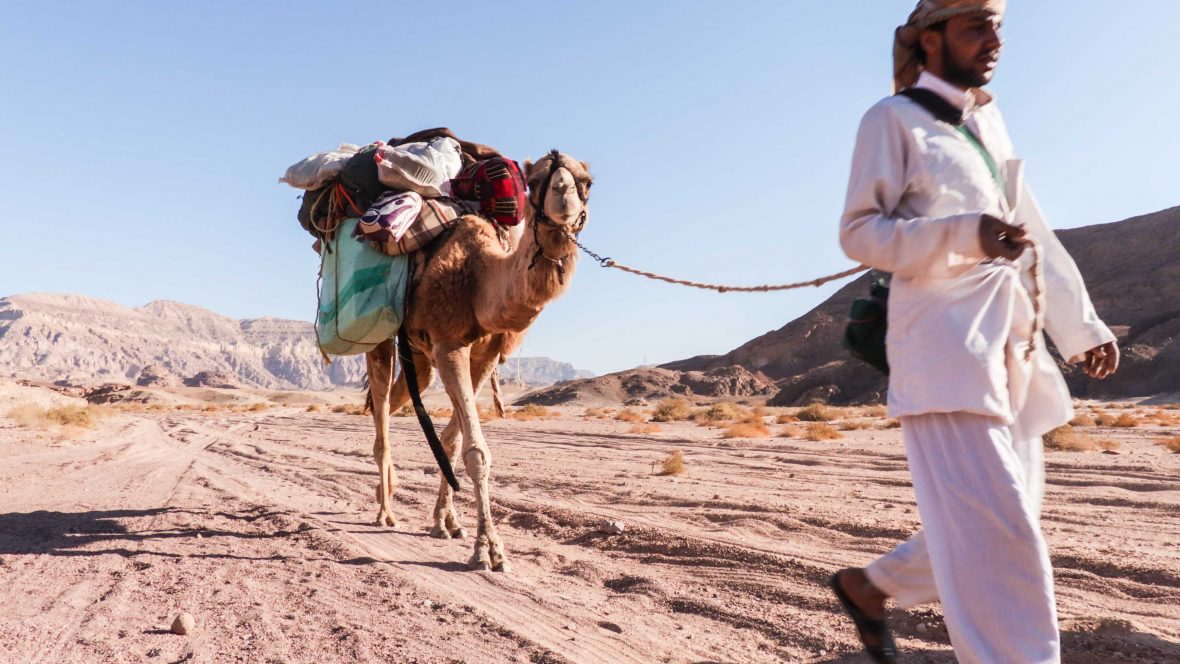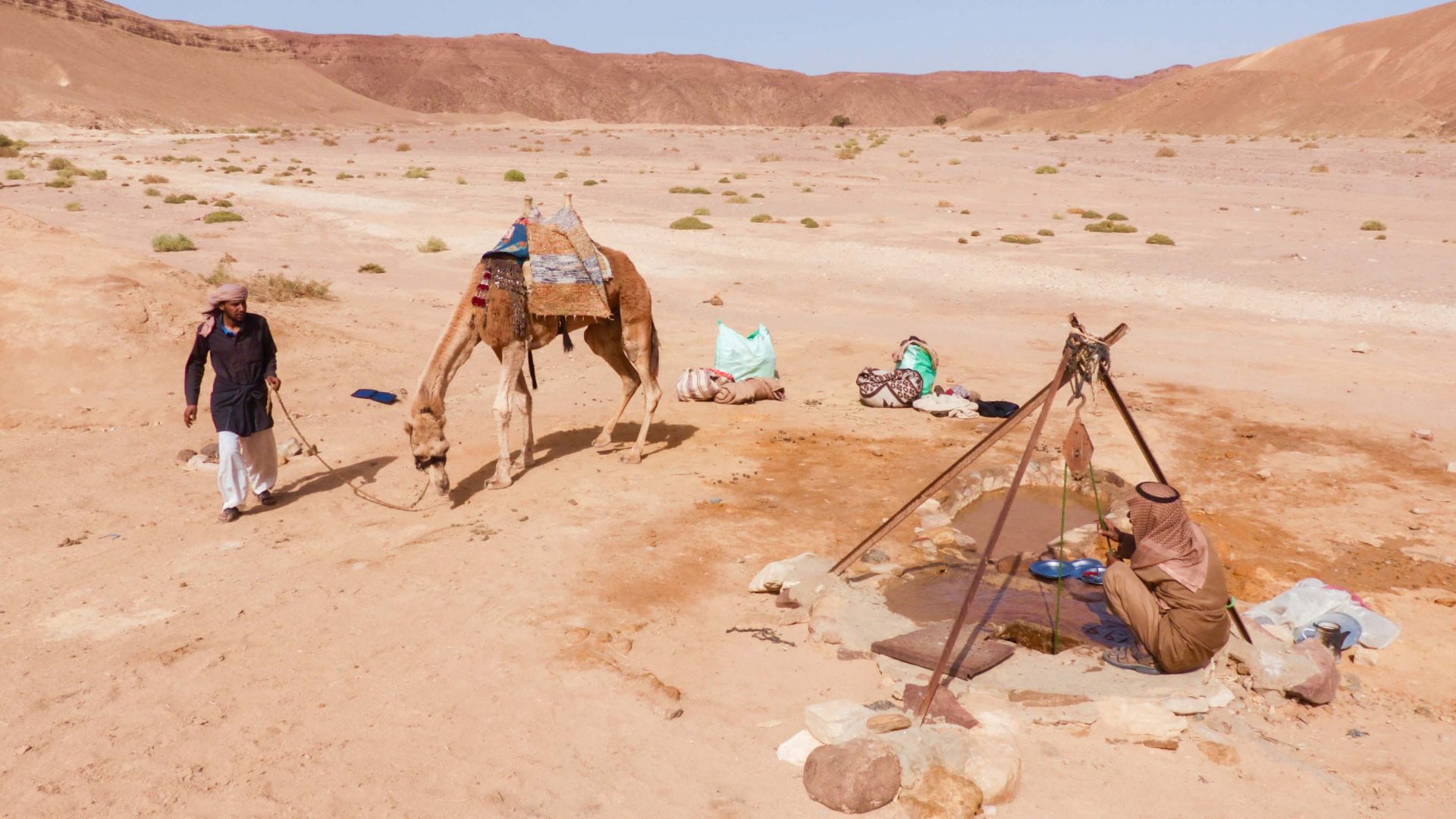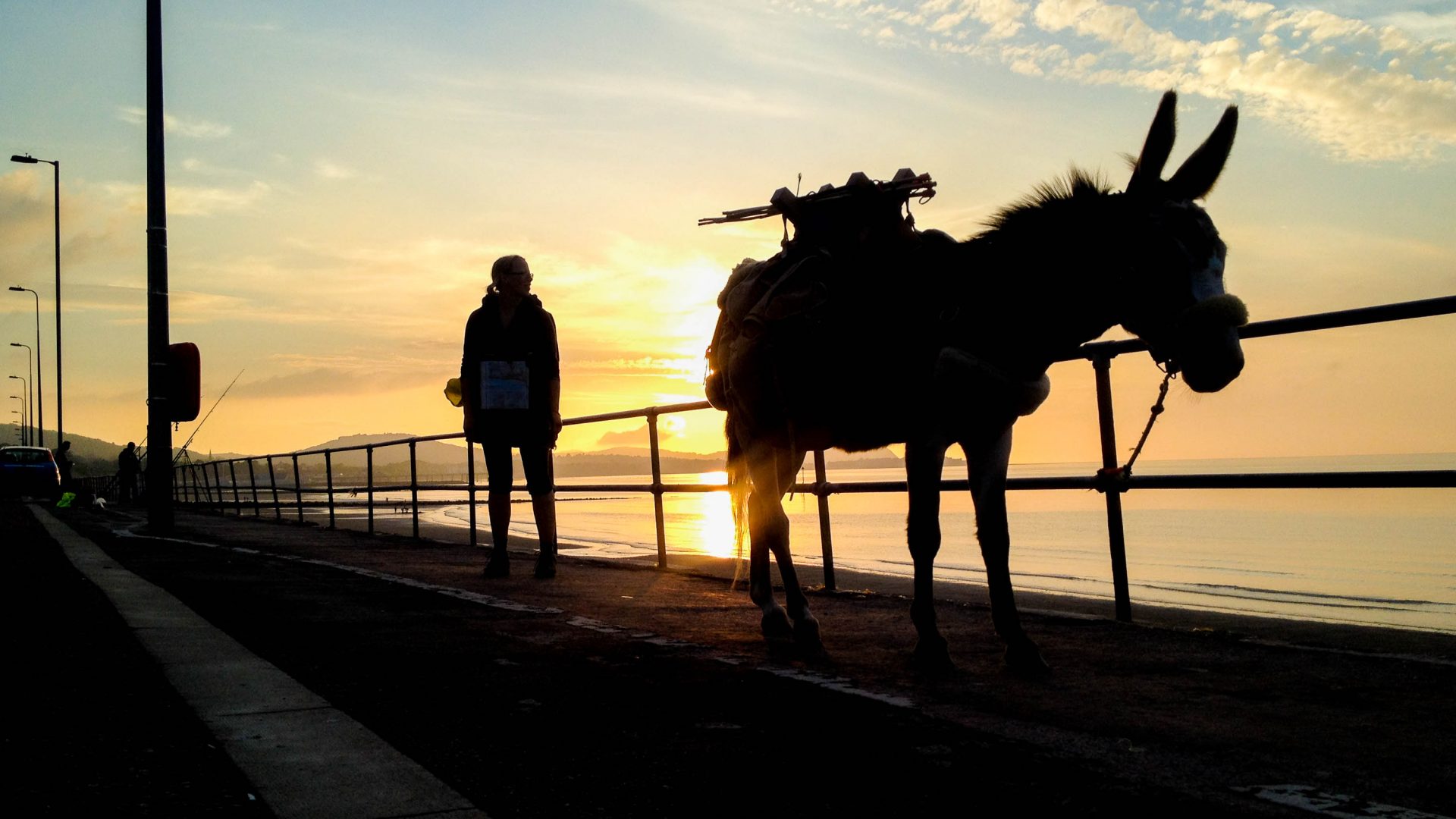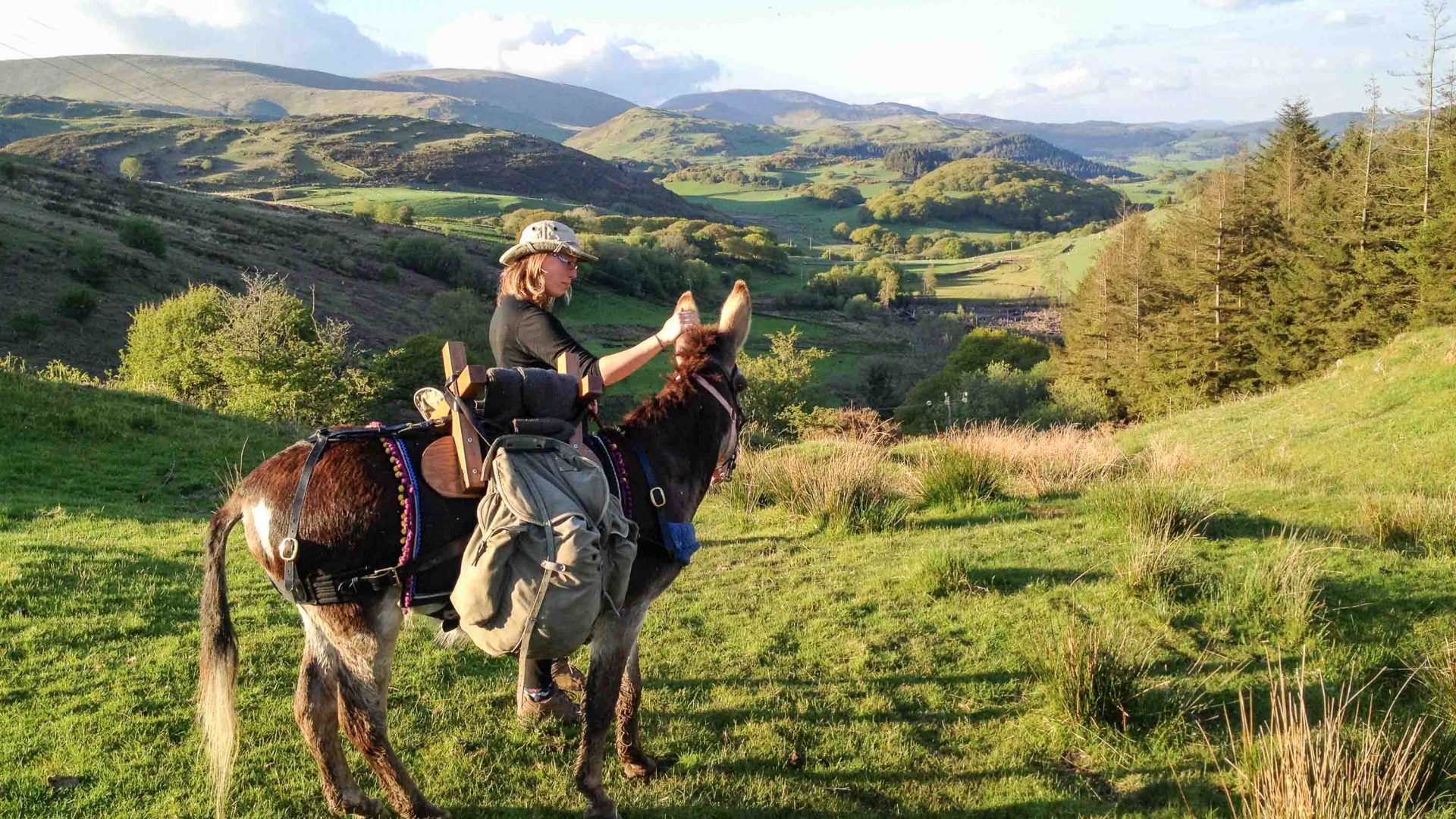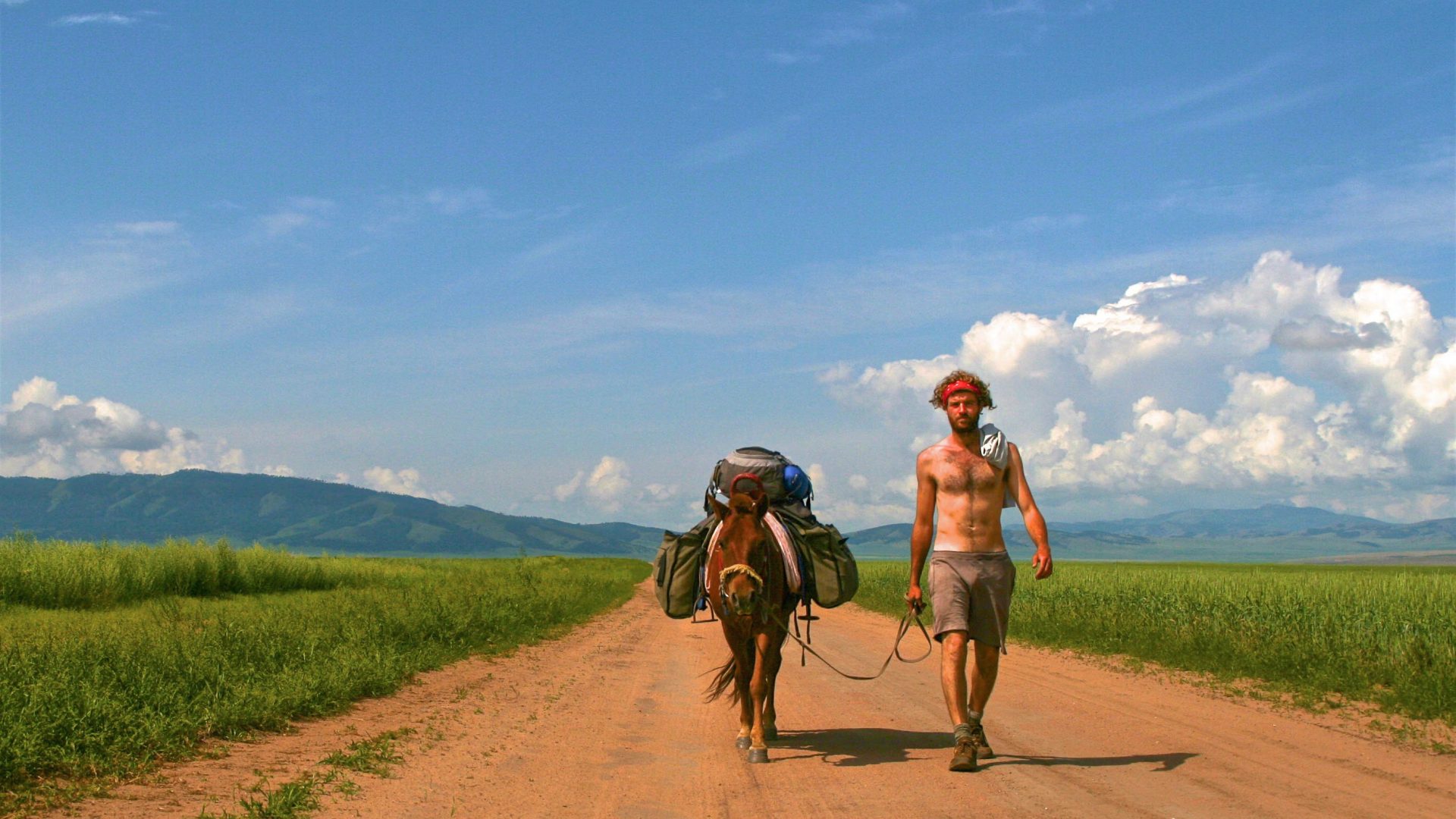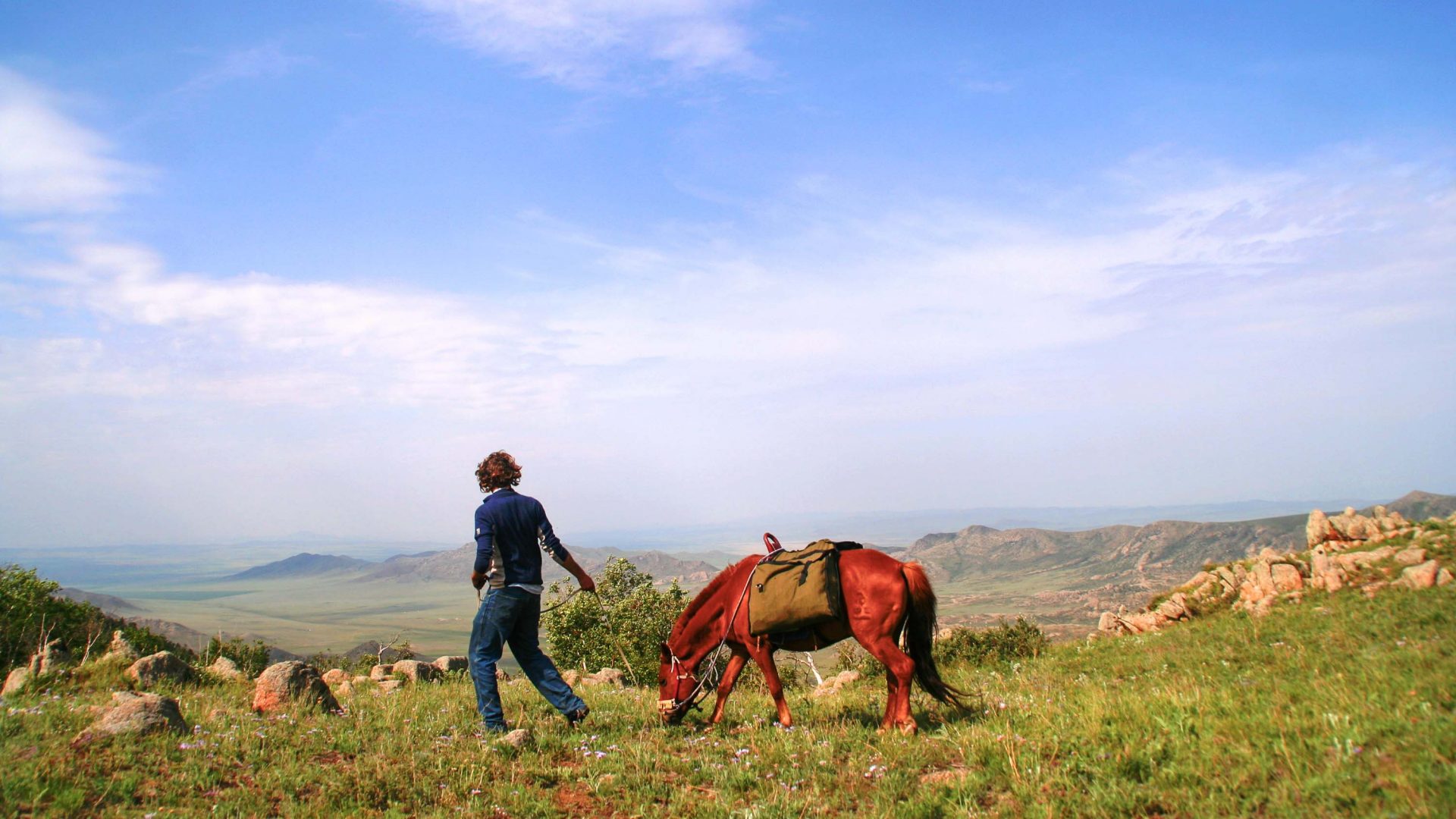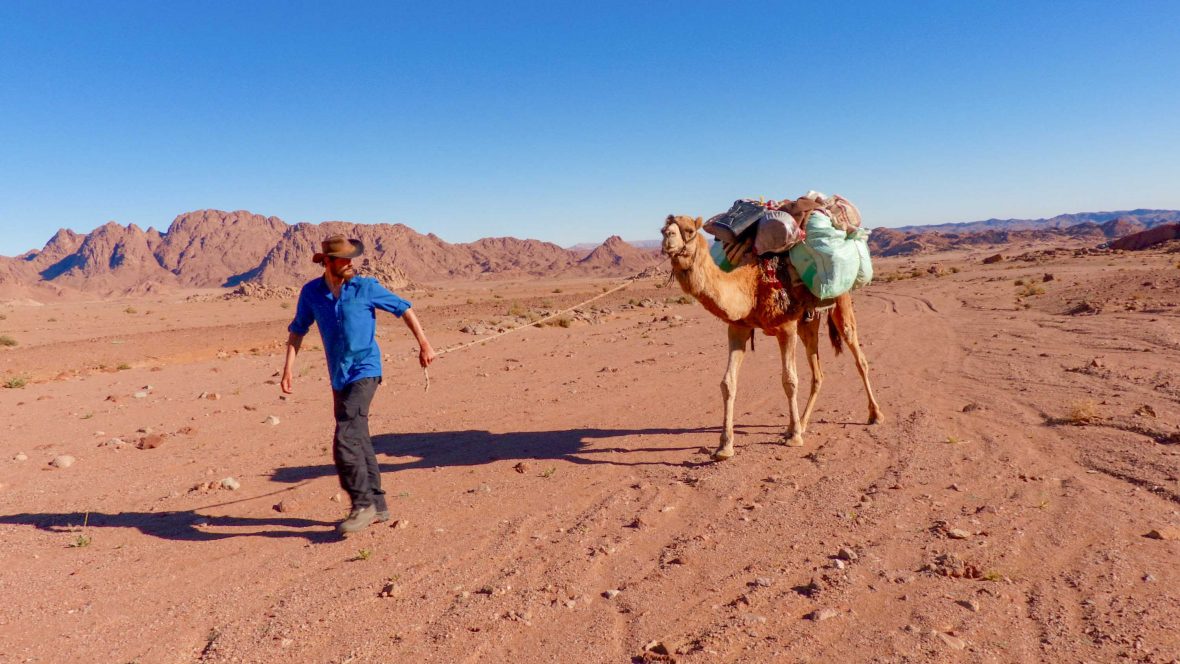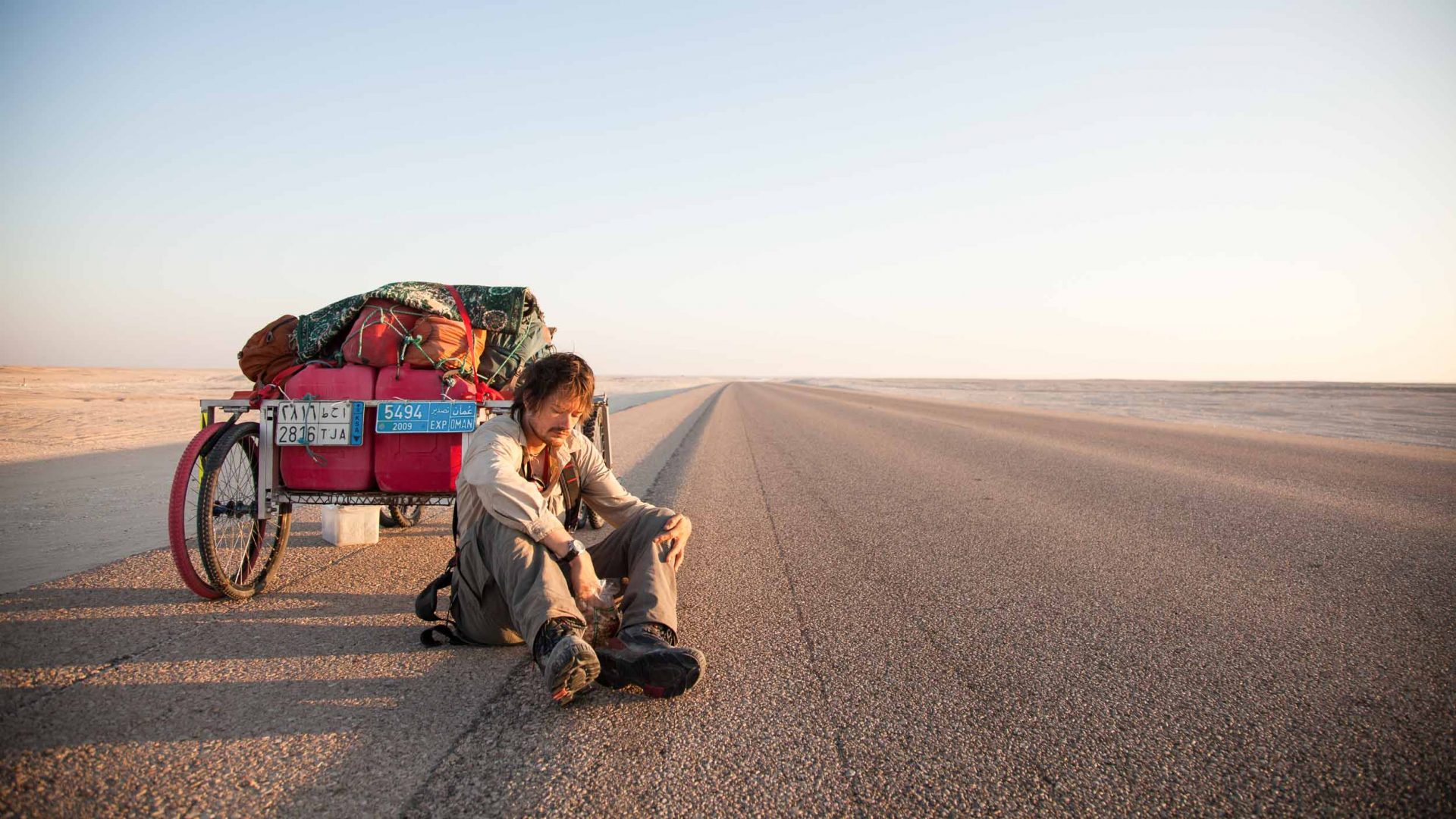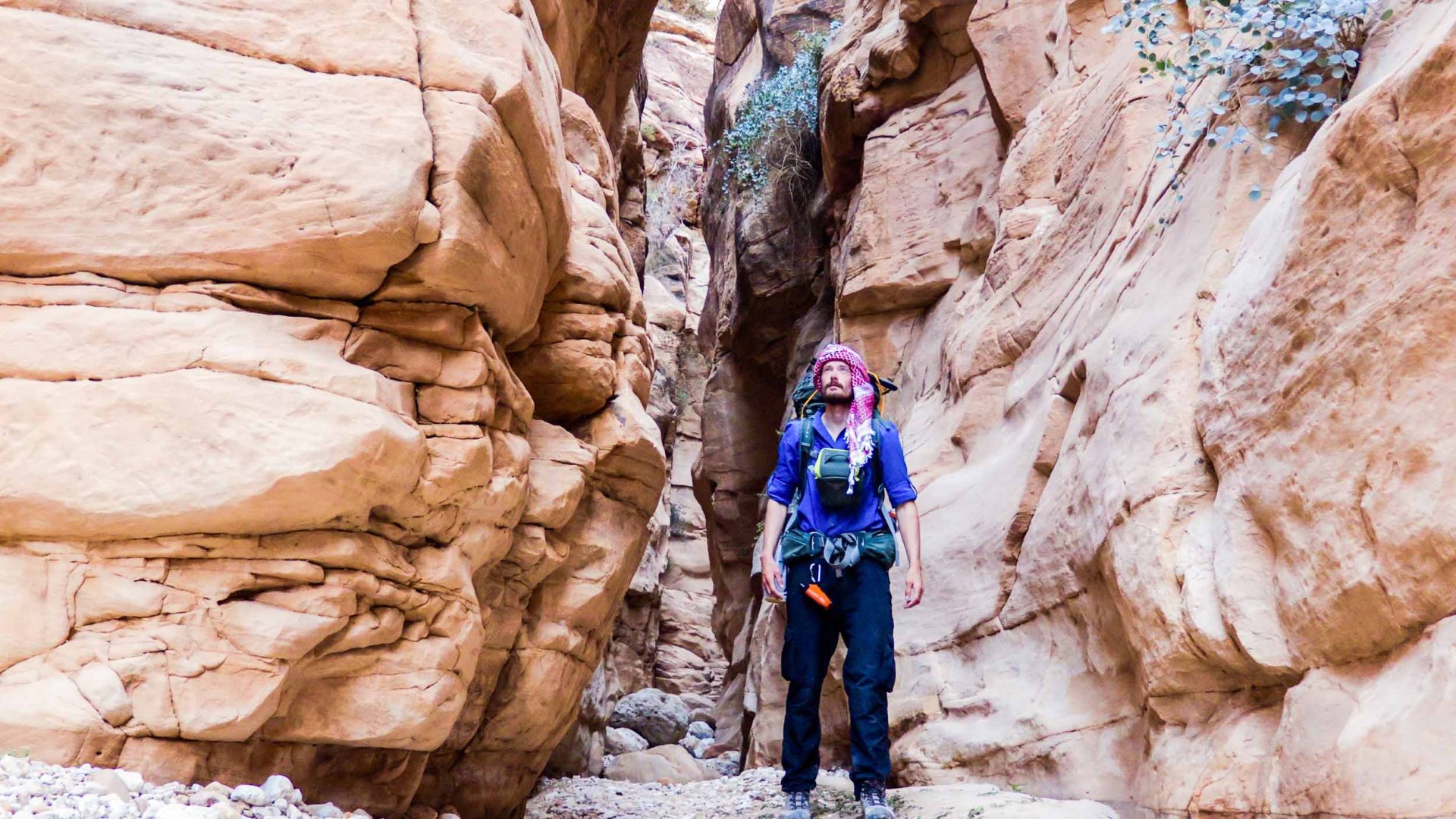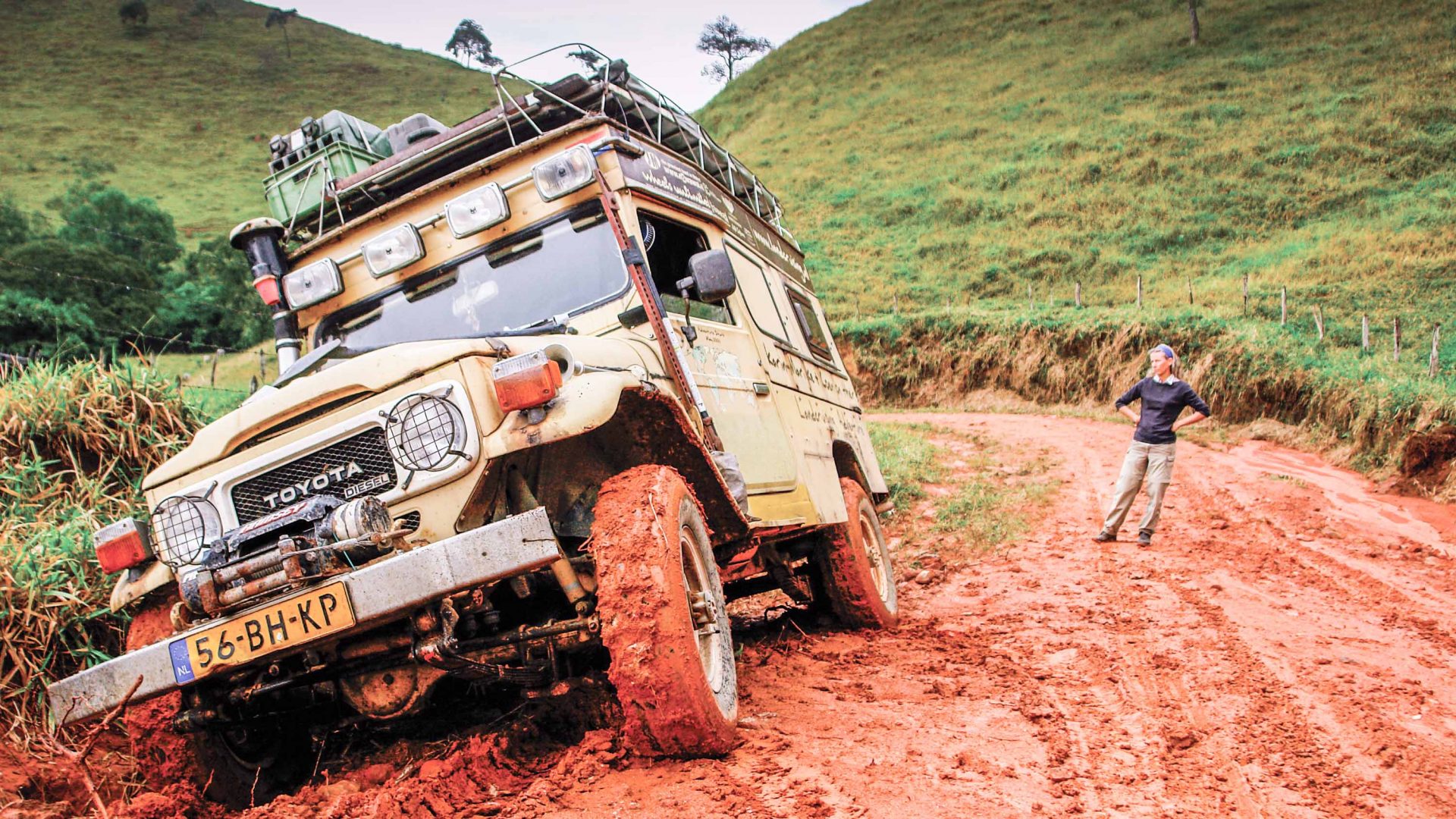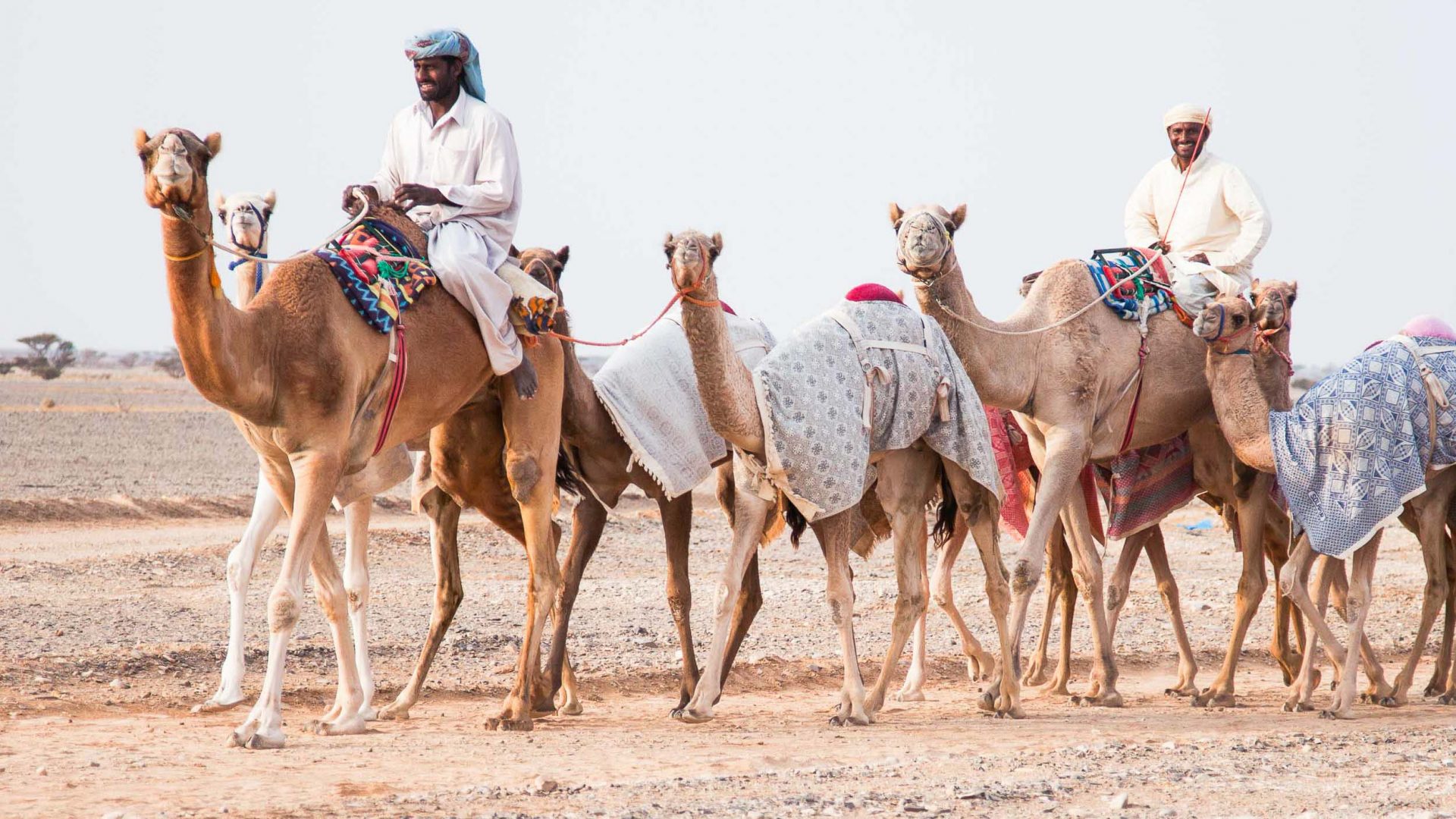
They’re sturdy, resilient and reliable. Sure, the camel may well be the ultimate travel companion for desert adventures but, asks our featured contributor Leon McCarron, how do you even go about buying one?
A quick disclaimer: I have never bought a camel.
I am, you might say, an aspirational camel buyer. I’m in the market for one. And yet I live in London, so it probably won’t transpire any time soon. Instead I’ll continue to scheme, and dream, and wait for the day until I can legitimately call myself a camel owner.
A fair question might be: Why would someone in London think of buying a camel? Of course, I don’t want it here. It wouldn’t be particularly useful on Oxford Street on a busy Saturday—not that it would even be the oddest thing there. What I do aspire to, though, is to purchase a camel for another desert crossing at some point in the future.
To date, I’ve traveled on foot in the Gobi and the Empty Quarter, and in 2016, I spent a couple of weeks in the Southern Sinai desert. There, I walked with two Bedouin and a wonderful, friendly and sturdy camel called Harboush. Harboush carried all the kit for our team of four, as well as food for over a week and up to three days’ worth of water. He walked over cracked, hardened earth, through soft and rippled sand, and over sharp, fractured granite rock.
Never once did he complain, and our only falling-out was on the first evening when he got his nose into the box of cucumbers. In hindsight, it was a small tiff, and all was soon forgiven.

